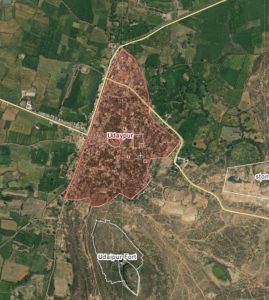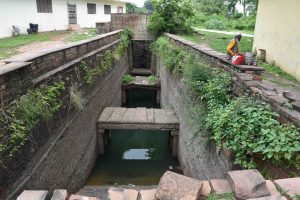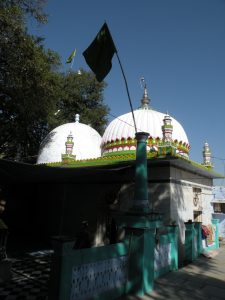Samasgaṛh slab with an inscription dated saṃvat 1288
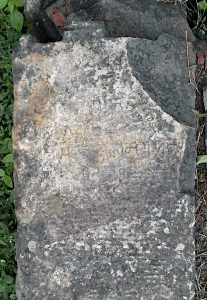
Samasgaṛh (Dist. Bhopāl). Slab with an inscription dated VS 1288. (Courtesy ZENODO).
Slab with two Prakrit poems in praise of Kūrma at Dhār
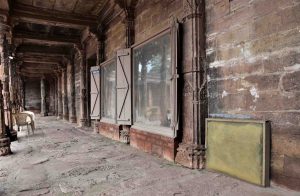
Dhār (Madhya Pradesh). Interior of the east wall of the Kamāl Maula showing the three inscriptions found in the miḥrāb now mounted in glazed frames.
Udaypur उदयपुर ادے پور (Madhya Pradesh). Stepwell of the time of Shāh Jahān.
Udaypur tri-lingual stepwell inscription dated 1645 CE
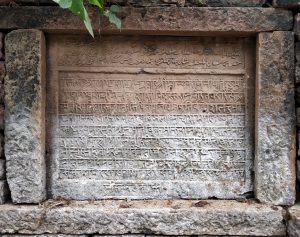
Udaypur (Madhya Pradesh). Stepwell inscription in Arabic, Persian and Sanskrit.
On a stone slab affixed into the right side wall of a stepwell known as Qanungo Baoli, located on the eastern outskirts of Udaypur, Vidisha District, Madhya Pradesh. A tri-lingual inscription of 13 lines carved in relief with the first three lines written in Arabic and Persian in nastaʿlīq script, and the next ten lines written in Sanskrit in nāgarī script. It records the construction of the stepwell by Gokuladāsa and Dāmodaradāsa, sons of Qānungo Haridāsa of Māthura kāyastha family, during the reign of Mughal emperor Shāhjahān (r. 1628-58). The date is given in three different eras—vikrama saṃvat 1701, śaka 1566 and hijri 1054—equivalent to Friday, 13 January, 1645 CE.
Dhār stone slab of with the Rāüla vela of Roḍa
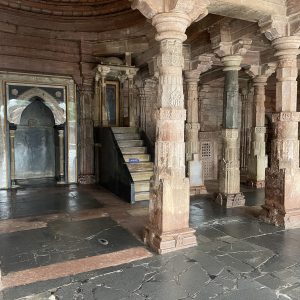
Dhār धार دهار (Madhya Pradesh). Interior of the Kamāl Maula Masjid showing minbar, find spot of the Rāüla vela of Roḍa (Courtesy Wikimedia).
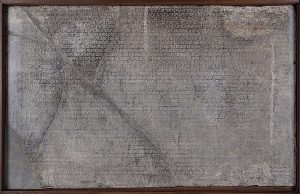
Dhār (Madhya Pradesh). Stone slab with the Rāüla vela of Roḍa, now in CSMVS Mumbai (Courtesy: ZENODO).
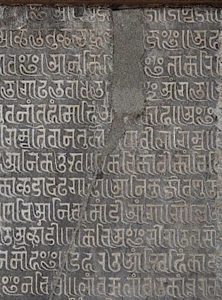
Dhār (Madhya Pradesh). Detail of the inscription after conservation at CSMVS (Courtesy: ZENODO).
Dhār धार دهار (Madhya Pradesh). Tomb of Shaykh Kamāl al-Dīn (circa 1238-1330)
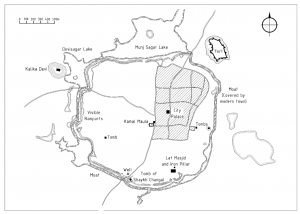
Dhār धार دهار (Madhya Pradesh). Plan of the historical city after Journal of the Royal Asiatic Society v. 22. (© Royal Asiatic Society).
Singhpur stepwell with an inscription of VS 1535/1479 CE
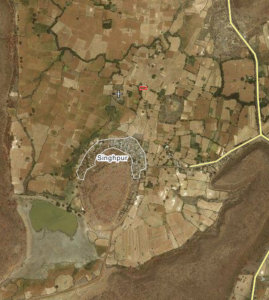
Singhpur (Ashoknagar अशोकनगर). Rājmatī stepwell (Wikimapia).

Singhpur stepwell inscription of VS 1535 (© Saarthak Singh).
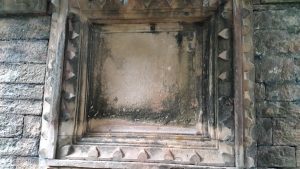
Singhpur stepwell, damaged companion inscription (© Saarthak Singh).
Singhpur (Ashoknagar). Stepwell with inscriptions in mixed Sanskrit recording the construction of the stepwell by Rājamatī in VS 1535.
Singhpur inscription dated AH 836/1433 CE
Singhpur inscription of AH 836 (= 30 May 1433) records in Persian that during the reign of the king of this world, conqueror of Orissa and Jājnagar, Shāh Hūshang, Malik Haybat Nizām Jāshghūrī excavated this “flowing bounty” (i.e. the tank) in the name of Shaykh Burhān, son of Yaqūb.
Ujjain stone inscription (part a)
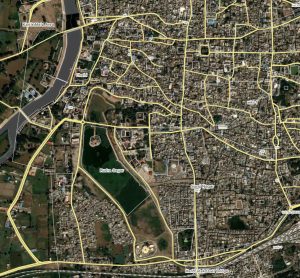
Ujjain (District Ujjain, Madhya Pradesh). Satellite view (Wikimapia).
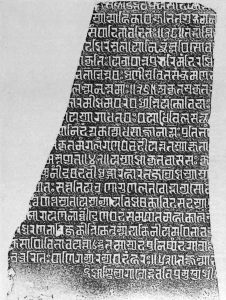
Ujjain (District Ujjain, Madhya Pradesh). Fragment of an inscription (Archaeological Museum, Gwalior).
Mārīcī at Salihundam
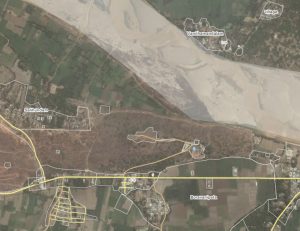
Salihundam (Srikakulam district, Andhra Pradesh). Satellite view (Wikimapia).
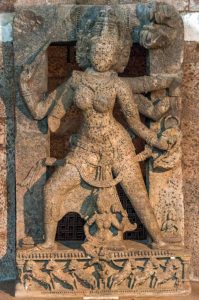
Salihundam (Srikakulam district, Andhra Pradesh). Mārīcī.
